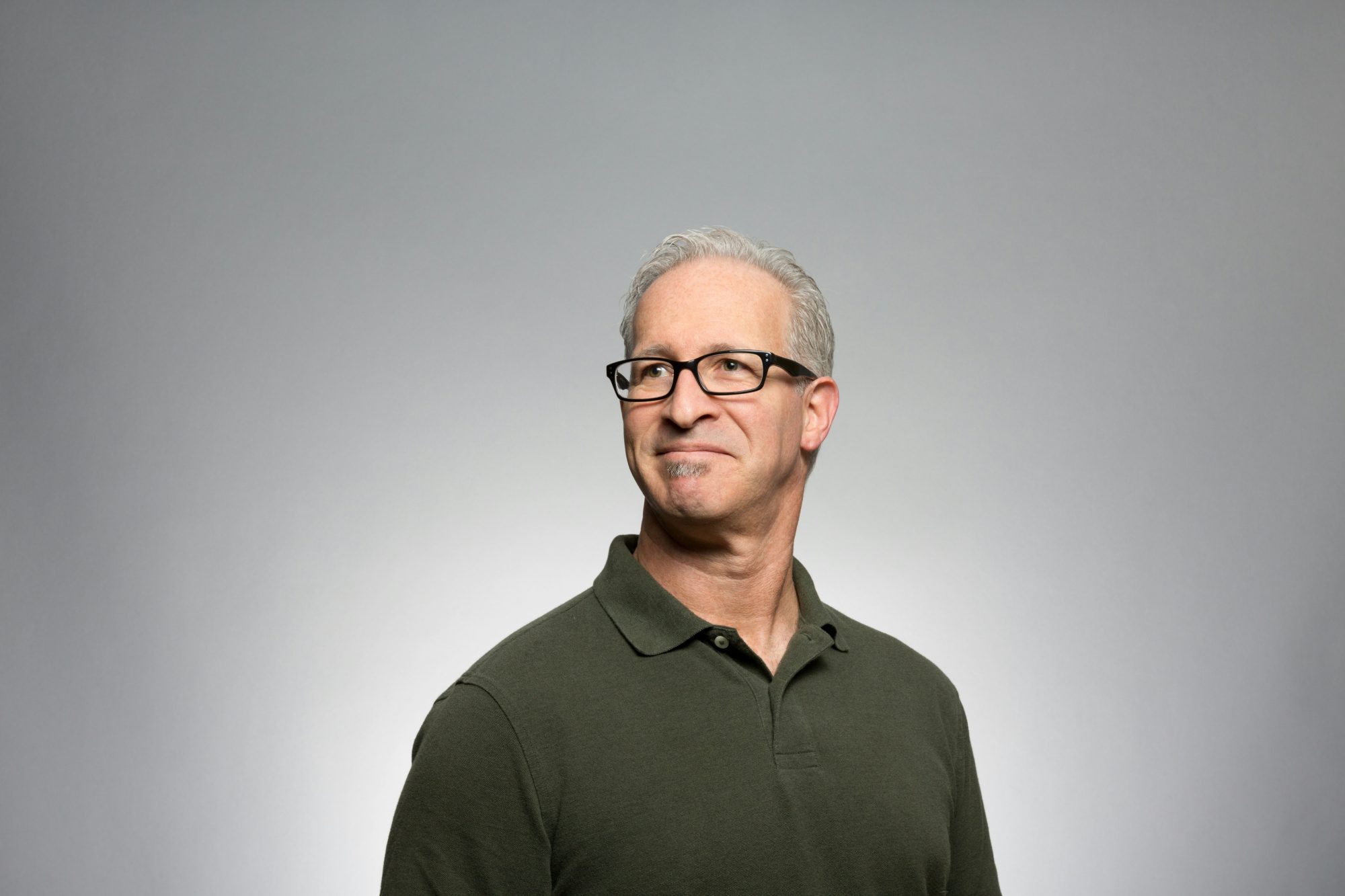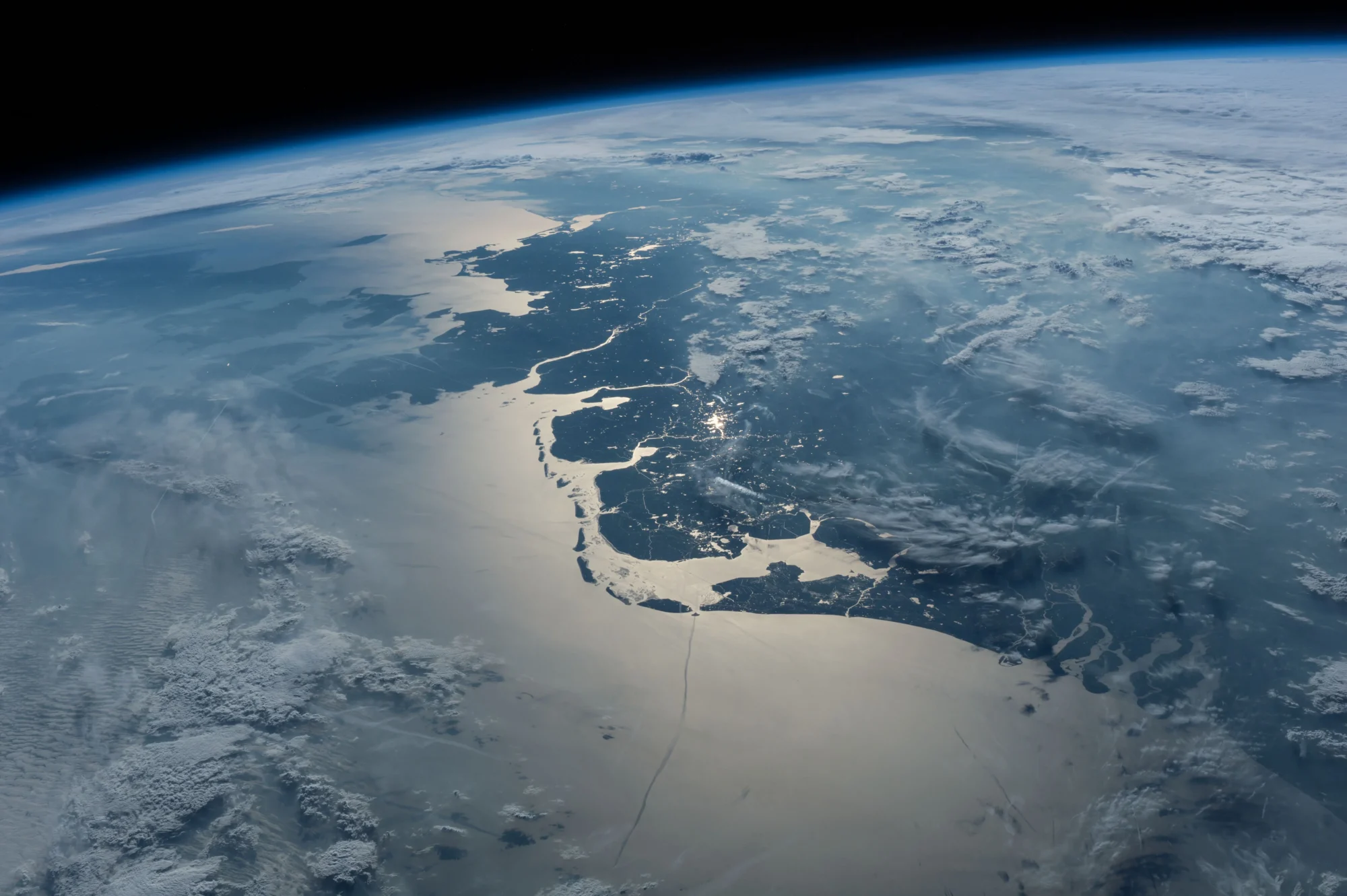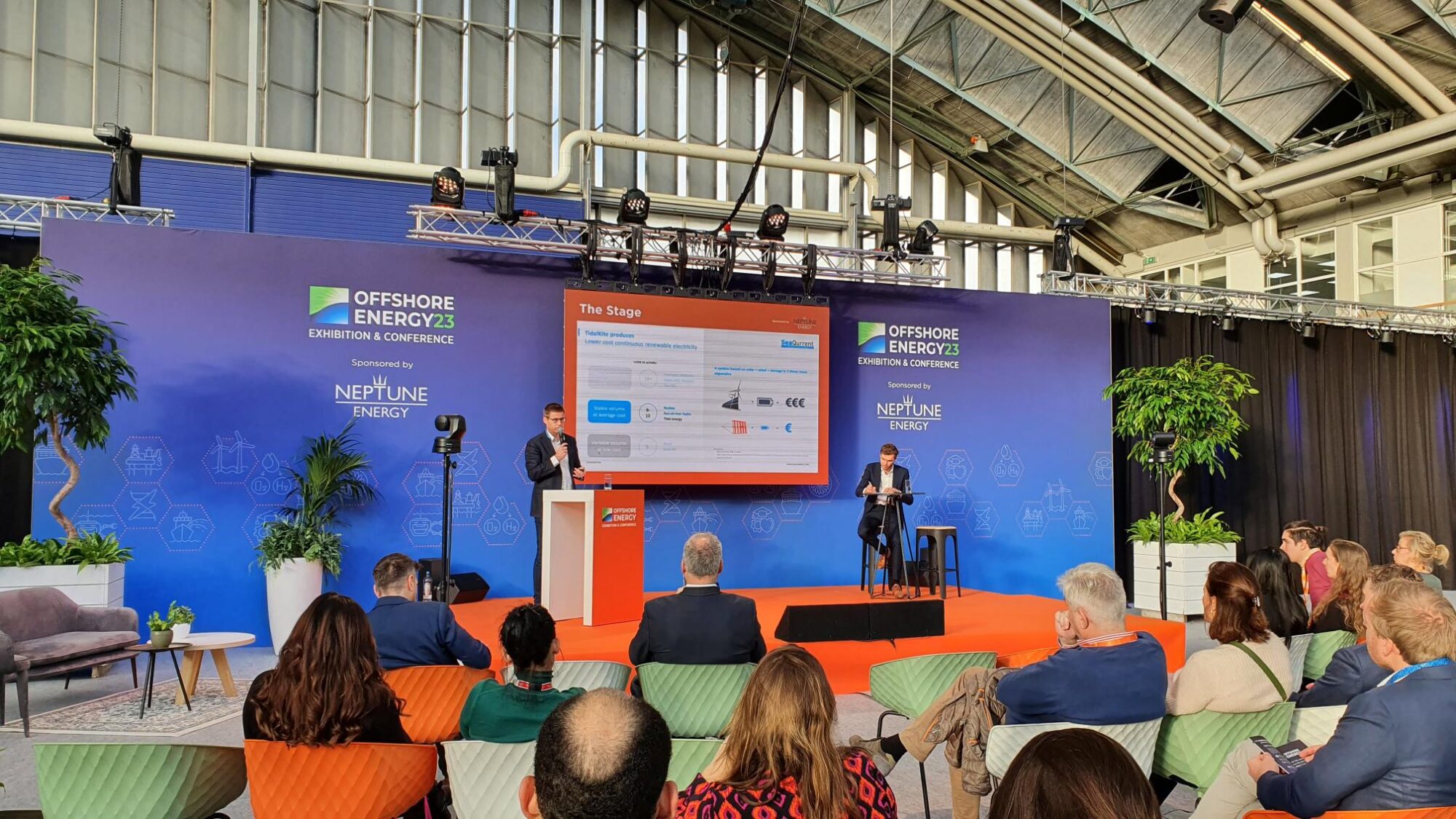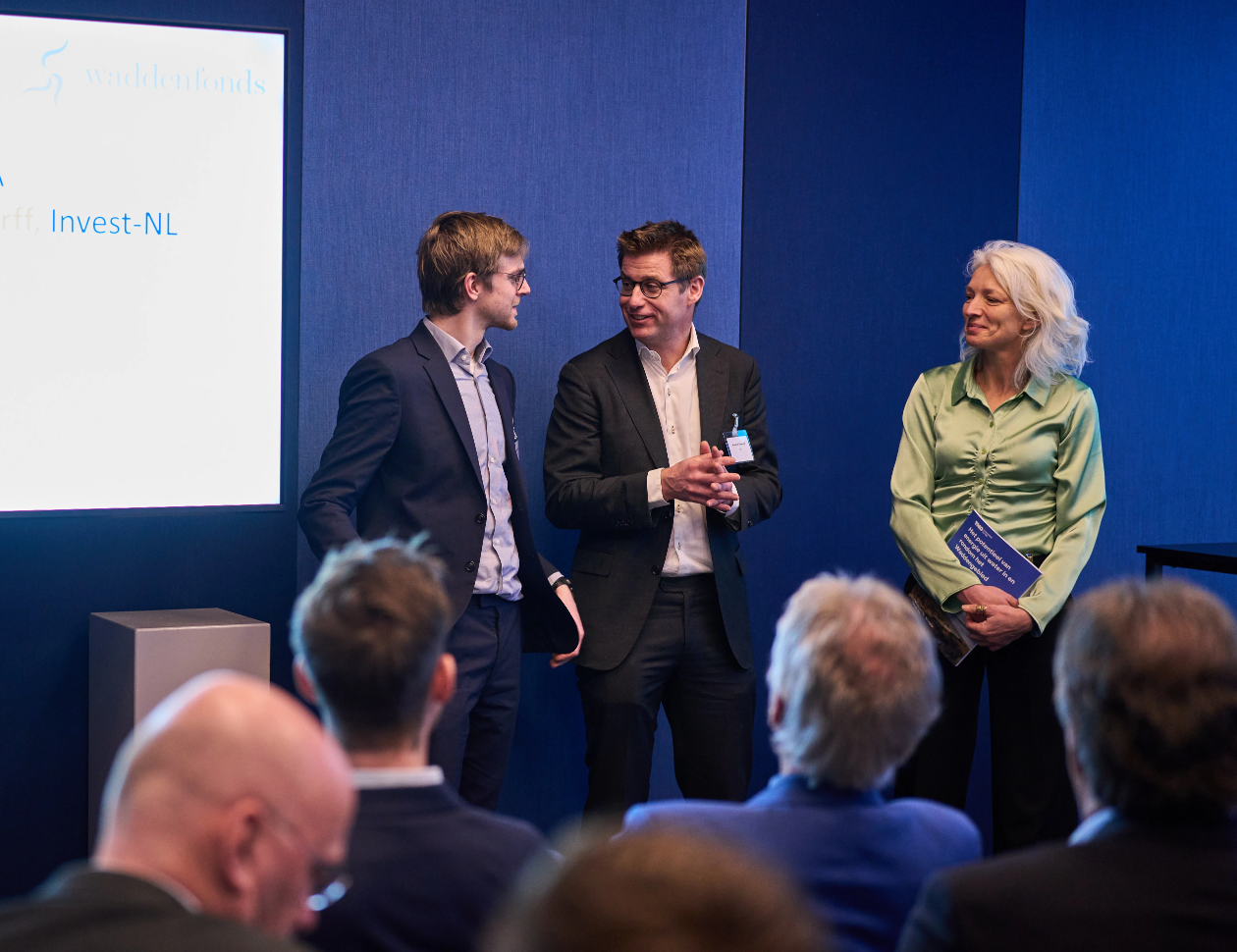
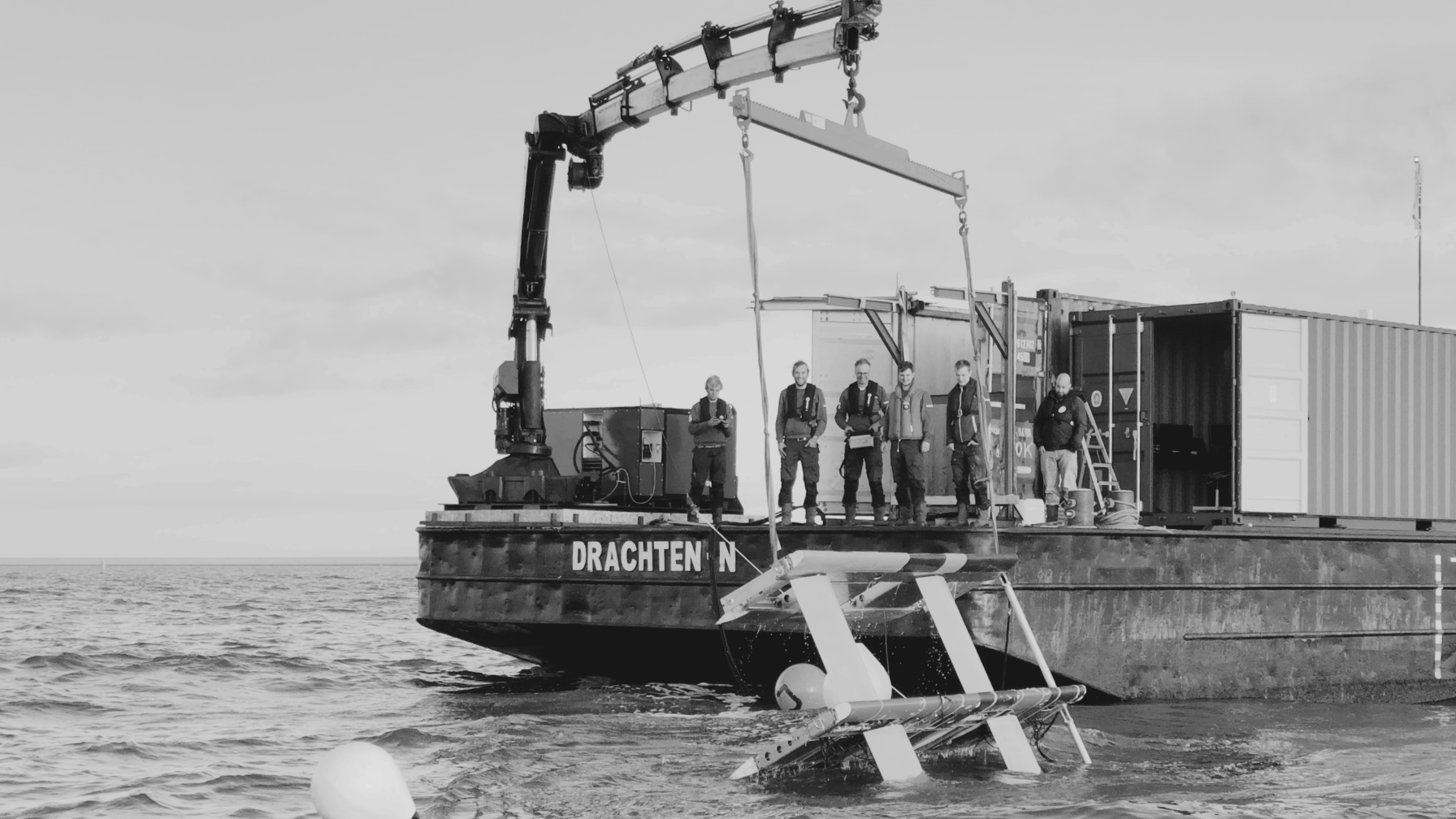
Our Journey
“ In that constantly flowing water, there is so much energy. I wondered, why aren't we doing more with the forces of ebb and flow? “
Our inspiration
In 2013, Youri Wentzel, founder of SeaQurrent, sailed against the currents on the Dutch Wadden Sea.
Impressed by the reliability, the enormous forces, and the immense reservoir of untapped energy contained in the tidal currents. He wondered why we weren't harnessing this kinetic energy as a source for electricity.
In researching, Youri discovered that there wasn't a feasible solution available to economically convert the lower velocity tidal currents into electricity.
However, someone had to be the pioneer, and Wentzel was eager to take on that role. As a sea sailor and kite surfer, Wentzel envisioned a key role for a kite in generating energy. After extensive research, our next generation technology, the TidalKite was born under the SeaQurrent banner.
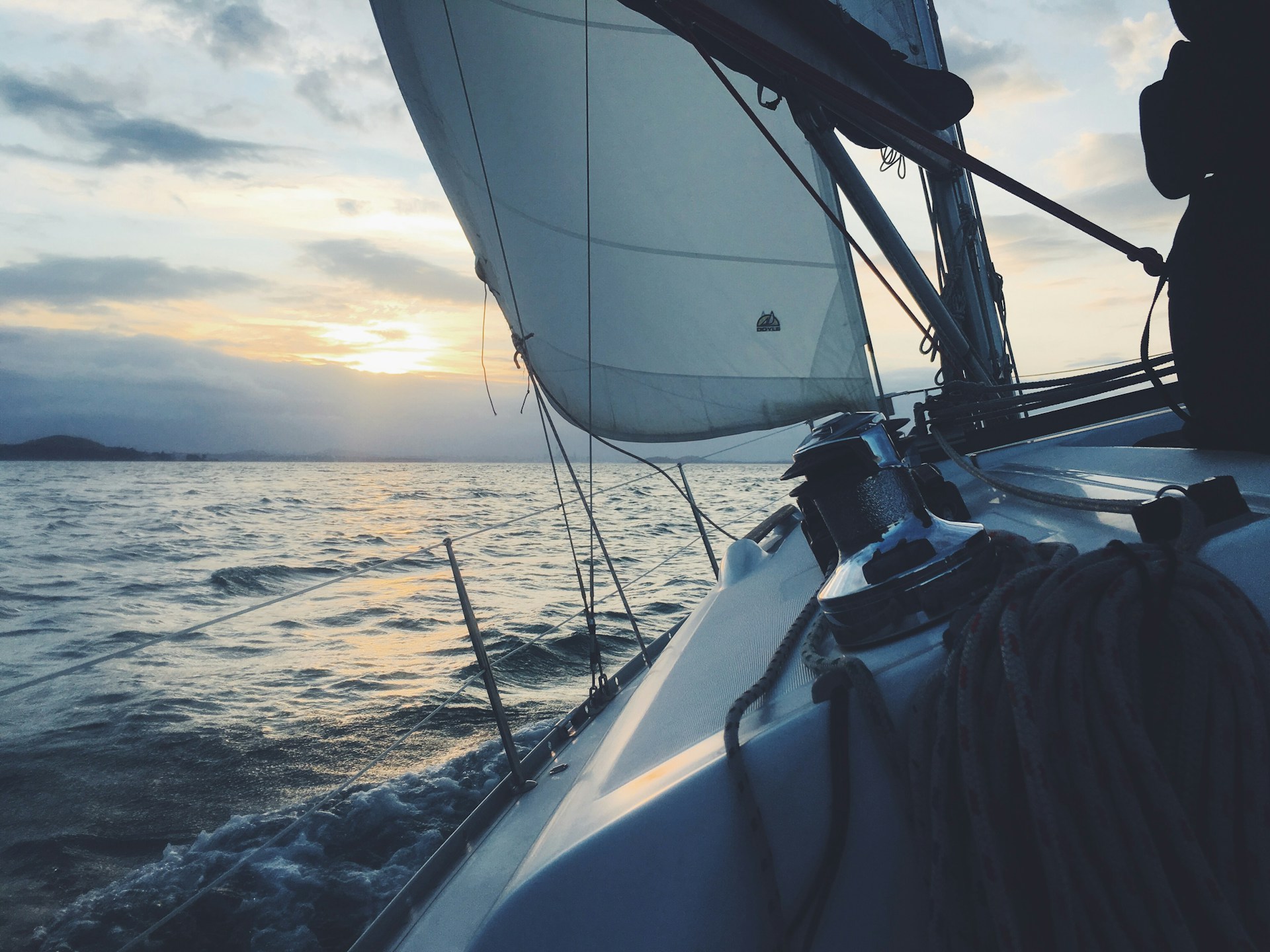
"As a sailor, you learn that navigating against the currents demands not just hard work but resilience and determination to achieve your objectives. It's a testament to the enduring spirit required to steer through challenges, embodying the essence of perseverance in pursuit of your goals."
Youri Wentzel, Founder SeaQurrent
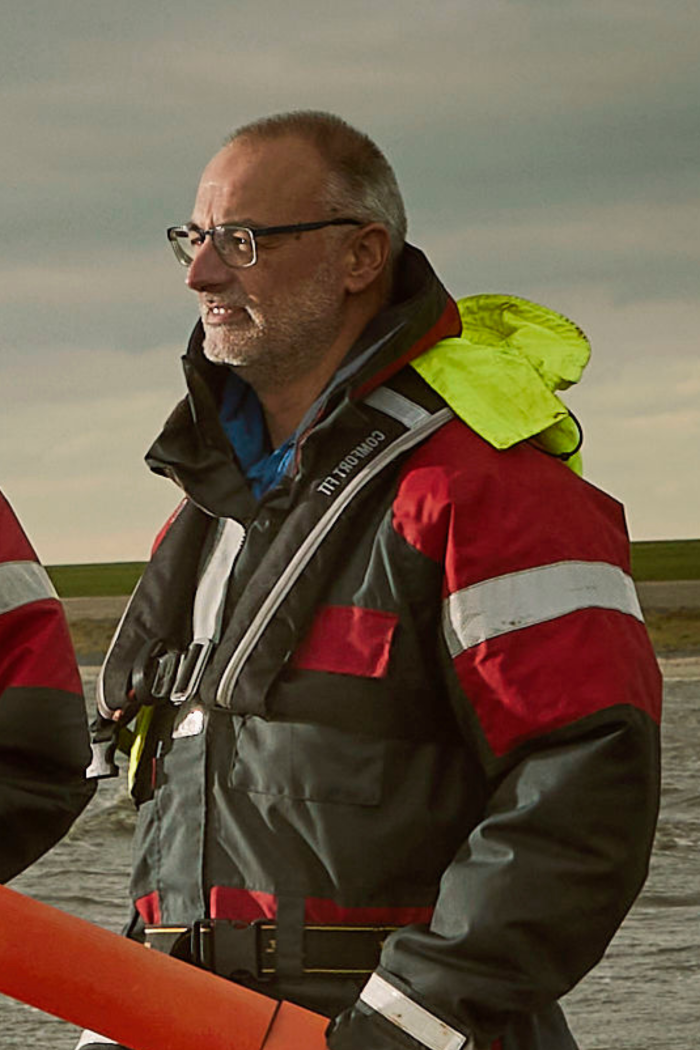
Harness the power of the tides
Tide powered generator
There are other test sites and technology deployments at various stages in countries including Scotland, France, Japan, Korea, China, Canada, and more.
Kinetic Energy
As developers bring forward new and improved tidal current technologies that show promise for clearing key hurdles to commercial viability.
Transfer from the sea
The ability to assess the performance and environmental effects of new technologies in real sea conditions is critical to sustainable industry advancement.
Our latest news

Leadership & Partners


Co-founder at SeaQurrent

More information about our journey?
Contact us



